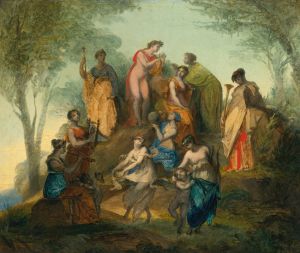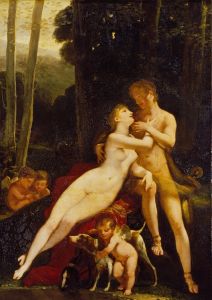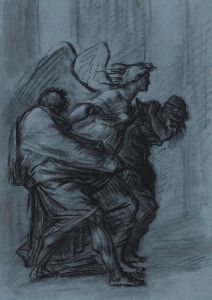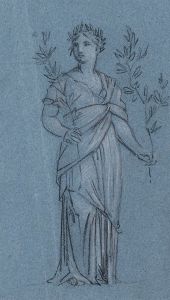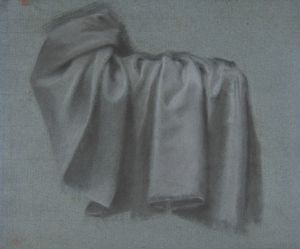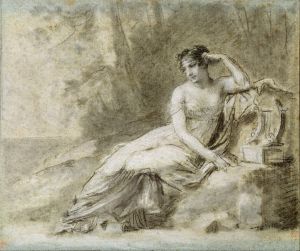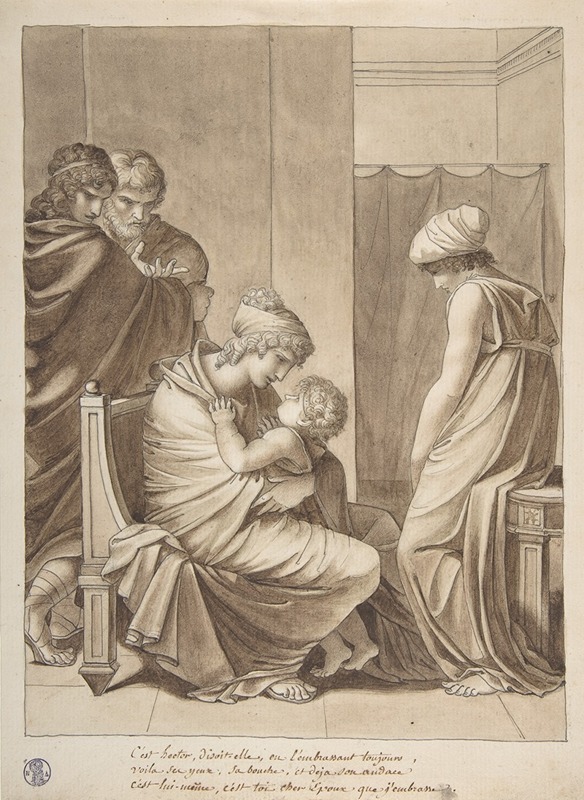
Andromache and Astyanax
A hand-painted replica of Pierre-Paul Prud'hon’s masterpiece Andromache and Astyanax, meticulously crafted by professional artists to capture the true essence of the original. Each piece is created with museum-quality canvas and rare mineral pigments, carefully painted by experienced artists with delicate brushstrokes and rich, layered colors to perfectly recreate the texture of the original artwork. Unlike machine-printed reproductions, this hand-painted version brings the painting to life, infused with the artist’s emotions and skill in every stroke. Whether for personal collection or home decoration, it instantly elevates the artistic atmosphere of any space.
Pierre-Paul Prud'hon, a prominent French painter of the late 18th and early 19th centuries, is known for his evocative and emotionally charged works that often blend elements of Neoclassicism and Romanticism. One of his notable paintings, Andromache and Astyanax, depicts a poignant moment from classical mythology, showcasing Prud'hon's mastery in capturing human emotion and dramatic intensity.
The painting illustrates the tragic story of Andromache and her son Astyanax, characters from Homer’s Iliad. Andromache was the wife of Hector, the Trojan prince and hero, who was killed by Achilles during the Trojan War. After Hector's death and the fall of Troy, Andromache's fate, along with that of her son, became a symbol of the suffering and loss caused by war. In many versions of the myth, Astyanax is tragically killed to prevent him from avenging his father in the future.
Prud'hon's Andromache and Astyanax captures the tender yet sorrowful bond between mother and child. The composition emphasizes Andromache's grief and maternal love, as she clings to her son in a moment of despair. The figures are rendered with soft, delicate lines and a subdued color palette, characteristic of Prud'hon's style, which often contrasted with the more rigid and formal approach of his Neoclassical contemporaries. The use of light and shadow in the painting enhances the emotional depth, drawing the viewer's attention to the expressions and gestures of the figures.
While Prud'hon was influenced by the Neoclassical tradition, his work often diverged from its strict conventions, incorporating a more Romantic sensibility. This is evident in Andromache and Astyanax, where the focus is on the emotional resonance of the scene rather than on idealized forms or historical accuracy. The painting reflects Prud'hon's ability to convey complex emotions through his art, making it a significant example of his oeuvre.
The exact date of the painting is not definitively documented, but it is consistent with Prud'hon's broader body of work, which often explored themes of love, loss, and human vulnerability. Today, Andromache and Astyanax is recognized as a testament to Prud'hon's skill in blending classical themes with a deeply personal and emotional approach to storytelling.





